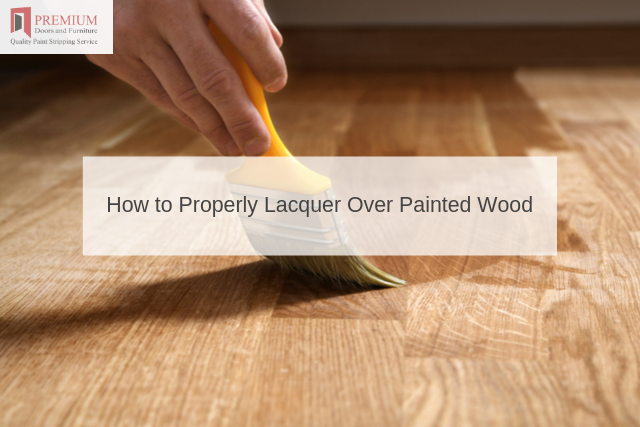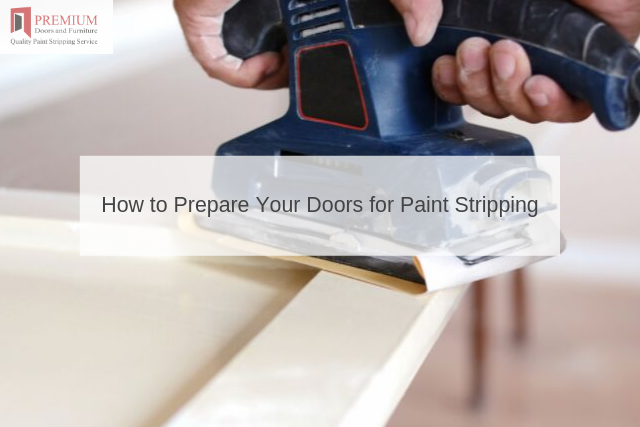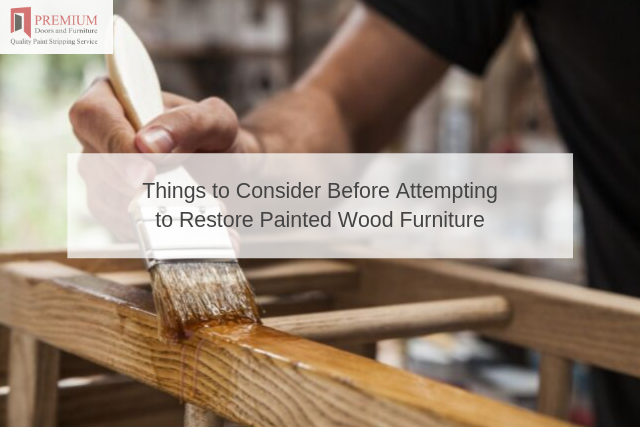 There are several ways to remove paint from metal. Some involve mechanical methods (such as a rotary disc sander) while others may employ harsh chemicals including acetone and alcohol.
There are several ways to remove paint from metal. Some involve mechanical methods (such as a rotary disc sander) while others may employ harsh chemicals including acetone and alcohol.
However, certain metals require a more delicate approach. This is often encountered with copper due to its relative softness when compared to iron and steel.
So, how can you effectively deal with stubborn layers of paint without damaging the underlying surface?
Let’s take a look at the step-by-step guide found immediately below in order to fully understand the process.
Initial Preparation
It is first important to loosen the paint from the surface as much as possible. The good news is that this can normally be accomplished by placing a few drops of olive oil over the affected area. Let this oil sit for a few minutes before beginning the removal process.
The Use of a Putty Knife
You will then need to purchase a paint stripper for cars. This kit normally contains a plastic putty knife that can be used upon softer materials such as copper.
It is still wise to cover the leading edge of the putty knife with a soft rag before scraping. This will further help to minimise any unintentional damage to the underlying copper.
Mineral Spirits
If you come across paint that is more difficult to remove (such as paint that is located within cracks or crevasses), use a small amount of mineral spirits on the affected area.
Allow these spirits to sit for a few moments before dislodging the paint with a knife. This process might need to be repeated when dealing with multiple paint layers.
If you are still uncertain about the methods outlined above or if you happen to be tackling a more challenging project, it is best to contact the team at Premium Door Stripping.
Our technicians boast a great deal of expertise when dealing with copper, wood, aluminium, and countless other surfaces. This will ensure quality results within a fraction of the time that might otherwise be required.












